
Oct '15 - Feb '16
In fall quarter studio of fourth year I took a studio with professor Bob Alexander. We explored how different program pieces can occupy the same space and what relationships they could develop. What made this situation unique was the inclusion of a Winery program, which we would learn could not be largely intruded upon. The production of wine has very specific program and mechanic requirements which move in a linear process. I immediately began to look at the project as integration of a secondary more flexible program, a library of wine and wine knowledge, into the rigid and linear winery. The library would become a new mechanism of observation through punctures into the existing system without interrupting the wine making process. 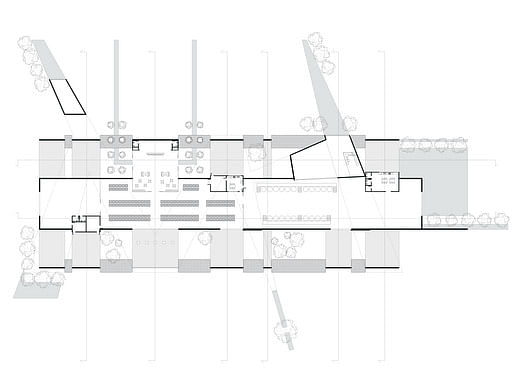
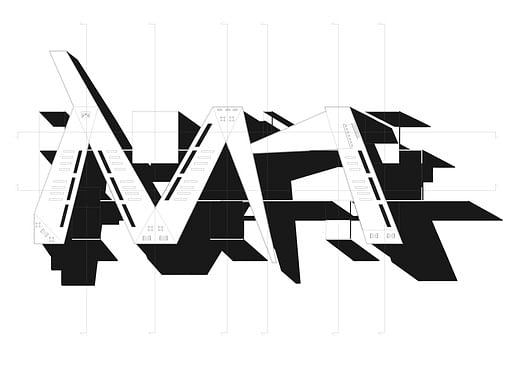
The site was the historic, but dilapidated, Guasti Winemaking facility in Ontario, California. The one hundred year old building already took on the linear form that could house the wine making process. Diagramming the library program over the existing building set up positions not only into observations points on the program, but would also cause a reaction of the existing building. Although the library provides no connection for movement into the winery, it does submerse the user through sectional changes and large viewing opportunities. The winery has a public component in a tasting room where users can get a more in depth tour of the facility. 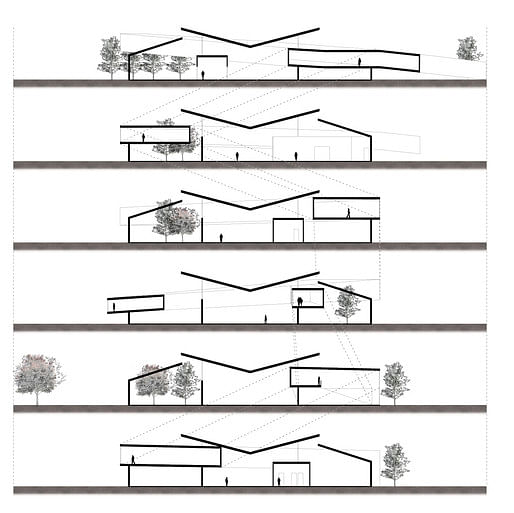
The design process followed the same principles of my thoughts about program interaction: Existing building shell, linear winery insertion, library diagram, highlighting overlaps, and building reaction (See Project Diagram).
I came to admire two related programs existing in the same building while not physical allowing a user to transcend between them. I started to contemplate what it meant for the building to be considered whole: each program piece could exist separately but still had a dependence on each other to communicate architectural intent. The interaction and connection between components came more from an architectural reaction.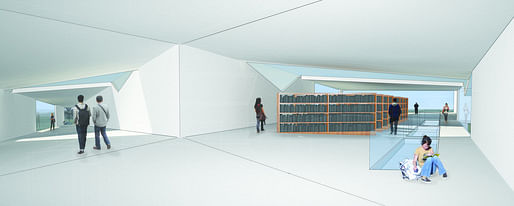
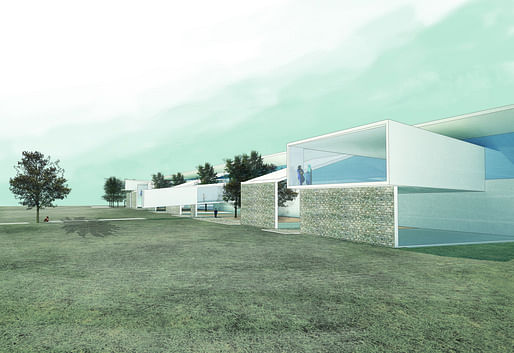


Five years ago when I entered the Architecture school I never thought of just how big my thinking could be in thinking about society. By no means am I calling myself an anthropologist or anything of that nature, but I am caught in the especially prevalent ideology of the architecture student.
1 Comment
Great work!
Block this user
Are you sure you want to block this user and hide all related comments throughout the site?
Archinect
This is your first comment on Archinect. Your comment will be visible once approved.